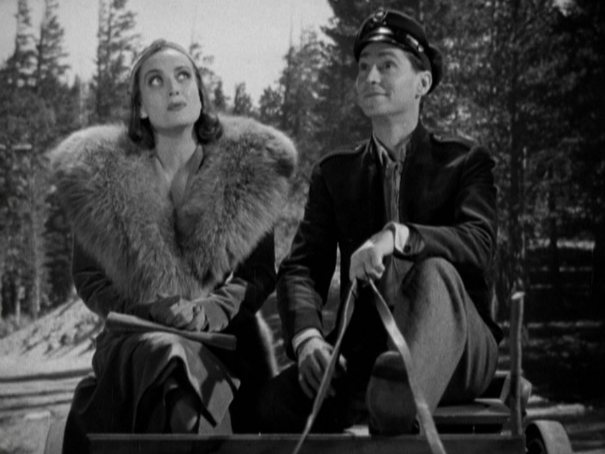
“I want you to marry her, and I want my love to haunt you…to make you lie awake at night, to burn your heart, to make you sick with pain! I want you to think of me and to ache for me. I want never to see you again!” ( Joan Crawford as Anni Pavlovitch )

Films about royalty have been dominating motion pictures since the birth of cinema. The first recorded movie to place emphasis on the topic of sovereignty took place in 1895 when director, William Heise experimented with Princess Ali, a short subject that was made in the confines of the Edison Company Studios.
As the years progressed, the themes of royalty in movies grew more popular. Many people wanted to see depictions of real-life monarchs who held a prominent reign centuries earlier on-screen. For audiences worldwide this was a way to bring these long extinguished figures back to life, even if it was only for a few hours.
In addition to these productions, Hollywood was known for churning out adult fairy tale stories, especially during the Great Depression when audiences were yearning for films that displayed a non realistic approach from the everyday struggles that millions endured at the time. These common formulas where boy meets girl and the female finds herself swept into a life of royalty were a perfect way for people to elude their formidable existence and hardships back at home to be immersed in the idyllic life of the characters on-screen.
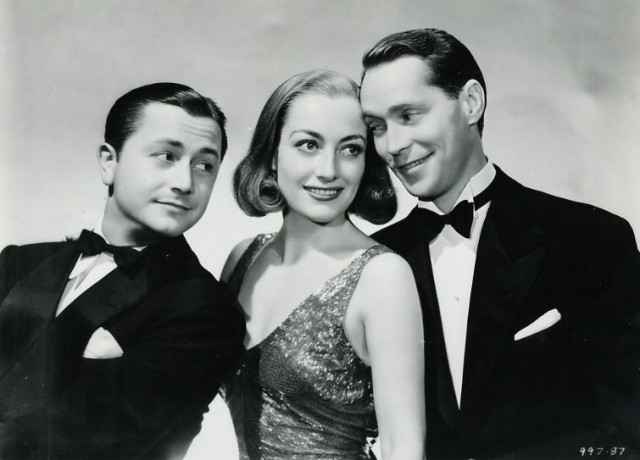
Perhaps the best example of this can be witnessed in The Bride Wore Red ( 1937 ) an enchanting Cinderella picture that features Joan Crawford in the central role as the films protagonist and the fortunate victim of an inconceivable joke that stretches beyond the boundaries of her informal lifestyle.

The Bride Wore Red was initially intended as a starring vehicle for Luise Rainer, who achieved considerable success that same year for The Good Earth, but Rainer who had just married the suspected communist playwright, Clifford Odets was fired from the production by Louis B. Mayer, and was replaced by Joan Crawford. Appearing alongside Crawford is Franchot Tone in their seventh film together.

At the time of filming, Joan Crawford and Franchot Tone were two years into their marriage, but with complications that were fueled by Tone’s daily mood swings their relationship was collapsing in front of them. Crawford however was determined to make it a congenial affair for both of them, and in an attempt to resurrect the love that was between them, she implored producer, Joe Mankiewicz to cast Franchot in The Bride Wore Red.
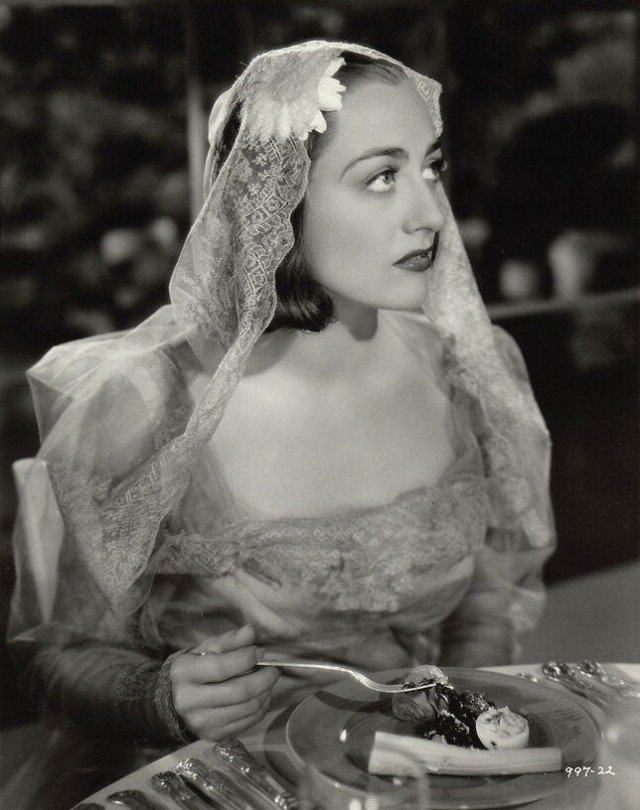
Decades later, The Bride Wore Red is considered to be the most imaginative of the seven Joan Crawford and Franchot Tone collaborations. On it’s release however the reactions from the audiences and critics were much different and the film received mixed reviews. Joan Crawford whose pictures were losing money was labeled ‘Box Office Poison’ when The Bride Wore Red proved to be ineffective at the box-office.
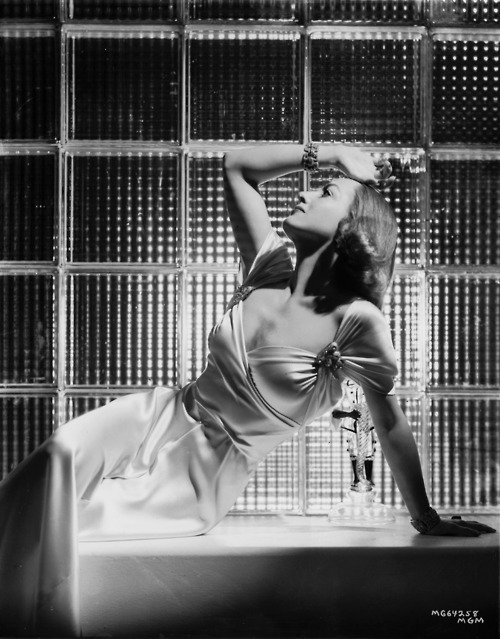
The Bride Wore Red also marks an ounce of distinction for the fact that it is directed by Dorothy Arzner, who was the only female directing pictures in Hollywood. Arzner who enjoyed a successful tenure in the film industry began working as a stenographer in the twenties until she embarked on a career that led to film editing and directing. With a resume that consisted of twenty-five credits, Dorothy Arzner abandoned the movie camera in 1943 when she decided to quit directing.
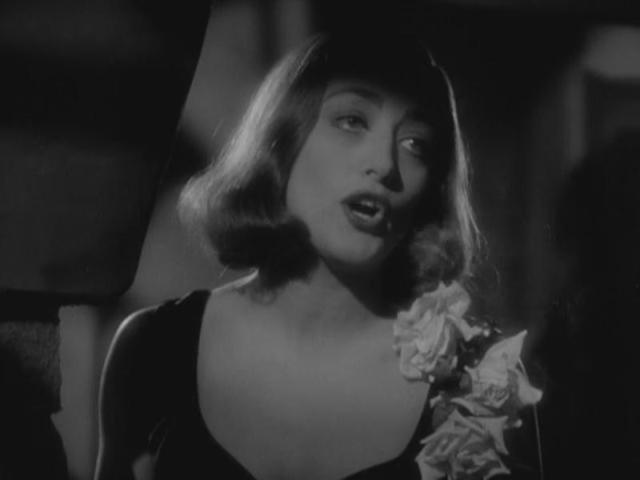
Based on The Bride From Trieste by Ferenc Molnar, the film revolves around the story of Anni Pavlovitch ( Joan Crawford ) a young club singer from Trieste, who becomes the victim of a scam that is arranged by Count Armalia ( George Zucco ). As a result Anni is sent away to an opulent resort in the Alps where she is forced to masquerade around as Anne Vivaldi, the daughter of an aristocrat. Along the way, Anni finds herself trapped in a difficult love triangle, and must choose between Giulio ( Franchot Tone ) an impecunious postal clerk who lacks any aspirations for wealth or the affluent, Rudi Pal ( Robert Young ) who is infatuated by Anni’s charms, but is already entangled in a serious relationship with Maddalena Monti.

The Bride Wore Red is not a film that is dominated by any members of the royal family, nor does the story largely associate with the monarchy. Instead viewers are treated to a sumptuous tale about a young club singer whose life is reflected by her poor status until she becomes the target of a joke that has her sent away to a lush upper class resort in the Alps with a new wardrobe, an abundant of money along with a facade of opulence as Anni poses as Anne Vivaldi.
The premise of the film is nothing more than a fictional Cinderella story. Anni who has metamorphosed herself into Anne Vivaldi, a beautiful countess whose life floats on sheer opulence expectantly arrives at this posh hotel, exclusive to people of noble stature, and is immediately greeted to full on treatment that only a princess or a person of dignity would receive. Unbeknown to anybody at the hotel except for her old friend, Maria, who is now working as a maid, this young mature woman who seems to be capturing everyone’s attention is frolicking around with a fake identity, and in truth, this posture of Anne Vivaldi is a disillusioned prostitute from Trieste who makes her living by singing at a waterfront cafe.
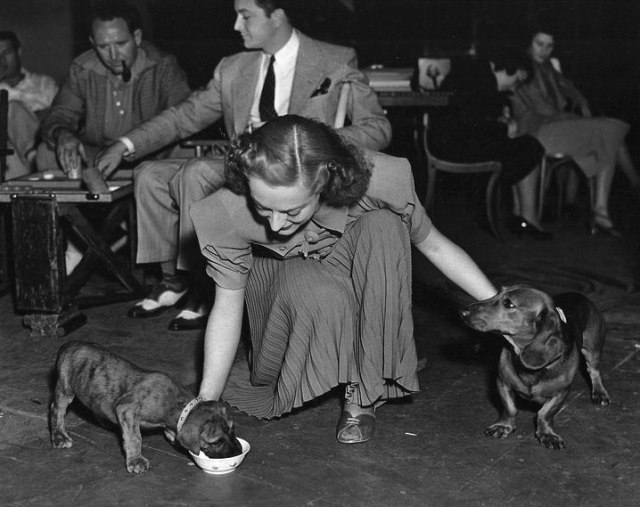
For anybody who has never seen The Bride Wore Red, the plot sounds intriguing, but for audiences back in 1937, this was not the case. Apart from the lavish showcase of exquisite gowns by Adrian, the film was viewed as another common Joan Crawford formula that was active on her resume at this time. Howard Barnes from the New York Herald Tribute wrote, “Joan Crawford has a glamorous field day in The Bride Wore Red…. With a new hair-do and more wide-eyed than ever, she plays at being a slattern, a fine lady, and a peasant with all of the well-known Crawford sorcery. It is not entirely her fault that she always remains herself. The film has no dramatic conviction and little of the comic flavor that might have made it amusing though slight. Your enjoyment of it will depend on how much of Miss Crawford you can take at one stretch…. The direction of Dorothy Arzner is always interesting and sometimes…is extraordinarily imaginative, but here she has not been able to give a vapid Cinderella pipe dream more than a handsome pictorial front.”
The film was not a joyous experience for the cast and crew either. During production, Joan Crawford narrowly escaped a fatal accident when an electrician fell from the catwalk high above the set and landed a little less than two feet from her. Dickie Moore, the eminent child star who played Pietro in the film later recalled the incident: “A light fell on top of him, also narrowly missing her. I was whisked away, and production, of course, was halted. The studio ambulance arrived and he was taken immediately to the hospital. Eventually, the scene resumed. I was impressed by Miss. Crawford’s concern for the man, for his family, for the medical attention he received. She wanted absolute assurances that he was cared for properly, that he remained on salary, and that his family was provided for. She would not resume shooting until those assurances were given, and she called the hospital each day for reports on his condition.”

Despite from the negative reviews, The Bride Wore Red is a beguiling classic that should appeal to fans of Joan Crawford or supporters of the genre. Spotlighting a stellar cast, which include, Joan Crawford, Franchot Tone, Robert Young and Billie Burke, and complete with masterful European styling and cinematography, this is a film that is not to be missed.
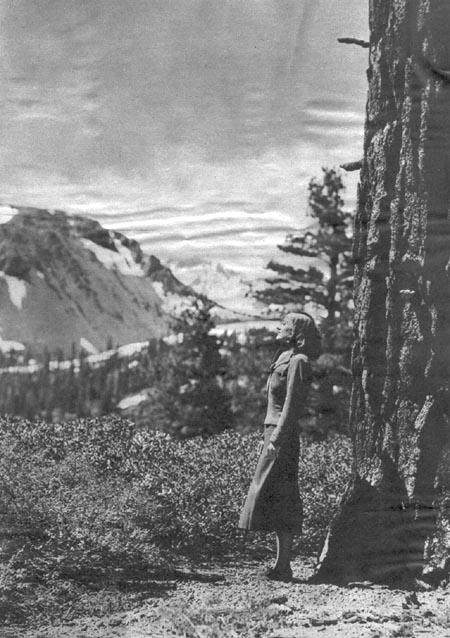
TRIVIA
Probably the real “star” of the film, and the source of its title, was the red beaded gown by Adrian, worn by Joan Crawford in the climactic ball scene. The dress was reused in fashion show sequences in The Big Store (1941) and, finally in color, in Du Barry Was a Lady (1943).
Three cast members in studio records/casting call lists did not appear or were not identifiable in the movie. These were (with their character names): Anna Demetrio(Signora Milani), George W. Jimenez (Signor Calla) and Abe Dinovitch (Yodeller). Child actor Bill Burrud is listed as a cast member in some contemporary newspapers, but he was not seen either.
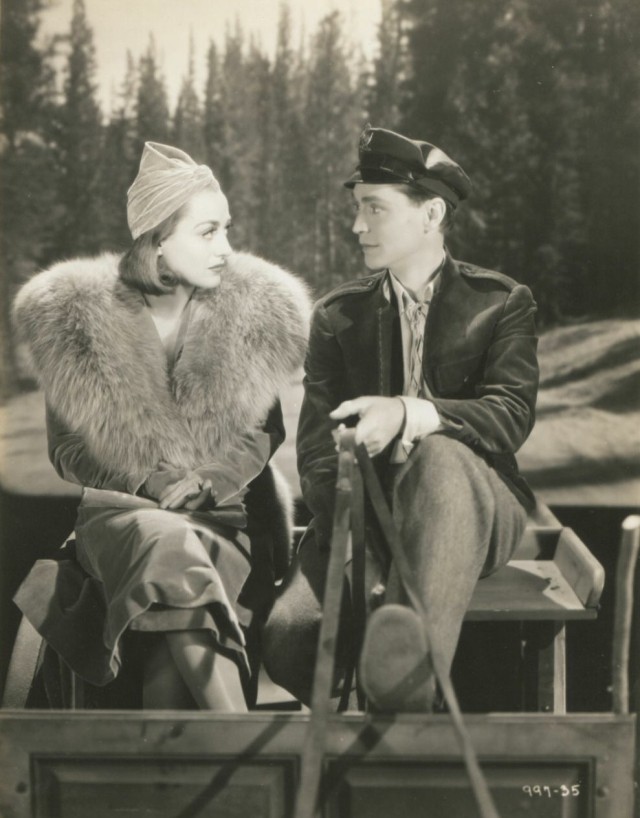
CAST
Joan Crawford: Born Lucille Fay LeSueur on March 23rd, 1904, 1905, 1906 or 1908 in San Antonio, Texas. Died: May 10th, 1977 in New York. Cause of death: Pancreatic Cancer/ Heart attack. To this day Joan’s birth year remains a mystery.
Franchot Tone: Born Stanislaus Pascal Franchot Tone on February 27th, 1905 in Niagara Falls, New York. Died: September 18th, 1968 in New York. Aged 63. Cause of death: Lung Cancer.
Robert Young: Born Robert George Young on February 22nd, 1907 in Chicago, Illinois. Died: July 21st, 1998 in Westlake Village, California. Aged 91. Cause of death: Respiratory failure.
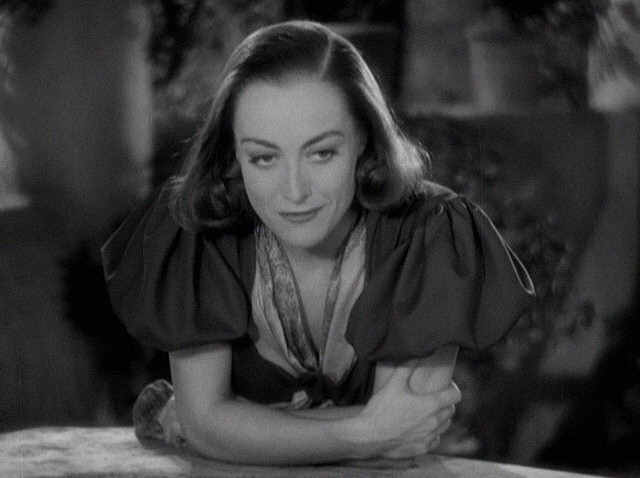
The following was my entry for the Royalty On Film Blogathon, hosted by ‘The Flapper Dame‘. To view the other posts being exhibited during this event, please click here.

I enjoyed this movie when I watched it a couple years ago. I love Joan’s room at the hotel – I took a screenshot of the windows 🙂
LikeLike
I’ve already watched this movie and really enjoyed it. The fairy tale story was very good, but the European sets were the highlight in my opinion. Very good article!
Thanks for the kind comment!
Kisses!
Le
LikeLike
Hey- Finally getting round to reading your post! I’m not a major Joan Crawford fan- however I do want to see this film- it seems enticing! I really like the premise- isn’t it funny how opinions change throughout the years? people back in the day might not have like it but today we think Wow- its fabuous! Thanks for writing and I will definitely see you at the Barrymore blogathon! (hopefully more in between!) X Emily
LikeLike
Very informative article! I actually never heard of this movie but now I have to watch it!
LikeLike
Thank you for the great review. I haven’t seen this movie in eons. Now, I’ll have to try harder to see it again. I do like Joan Crawford, especially her movies in the 1930s, and Robert Young is a favorite of mine.
LikeLike
Thanks, Crystal!! Another film I haven’t seen. will try to catch up with it!!
LikeLike